OnePlus 8T vs. iPhone 12: Which should you buy?
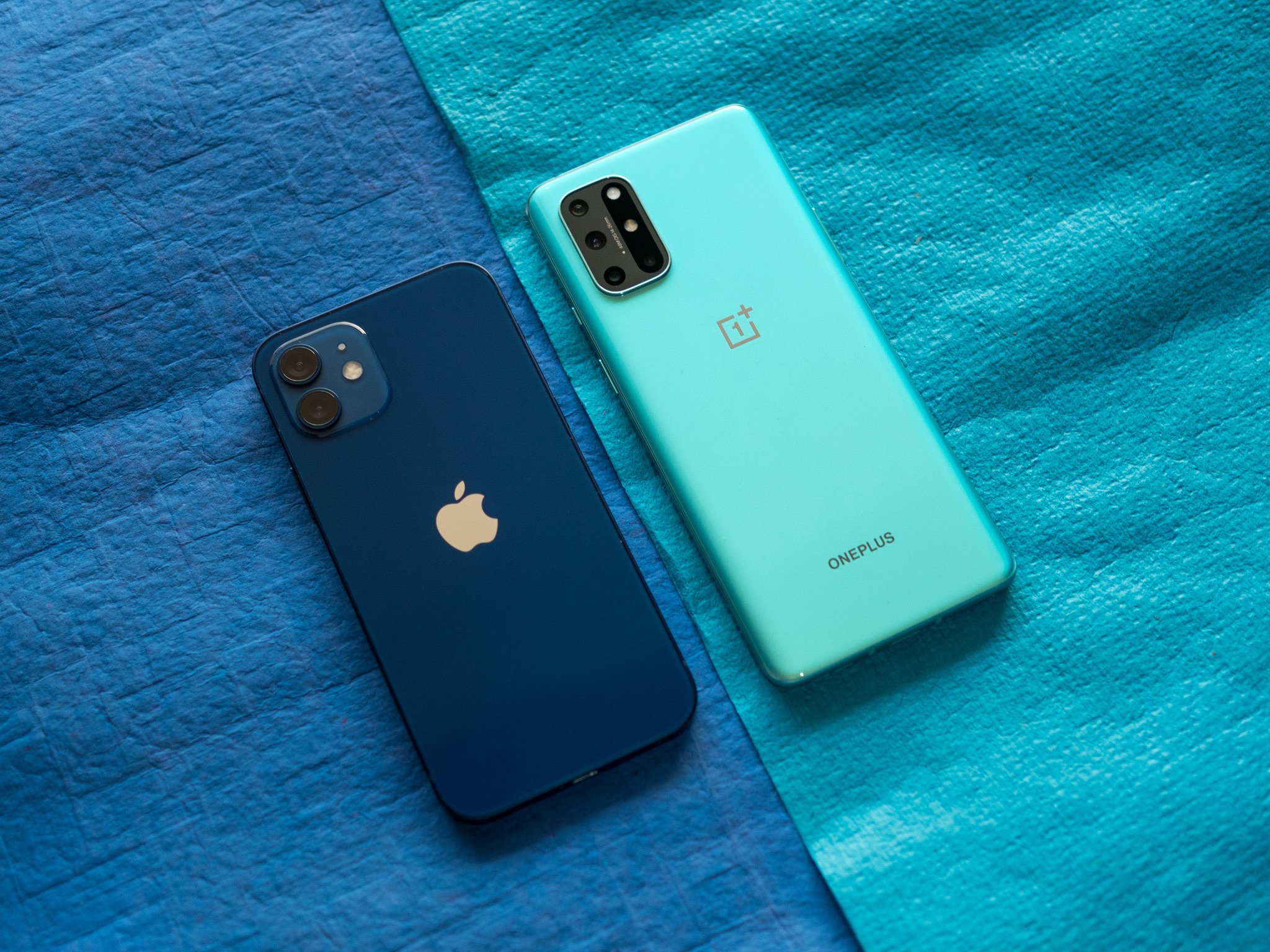
OnePlus 8T
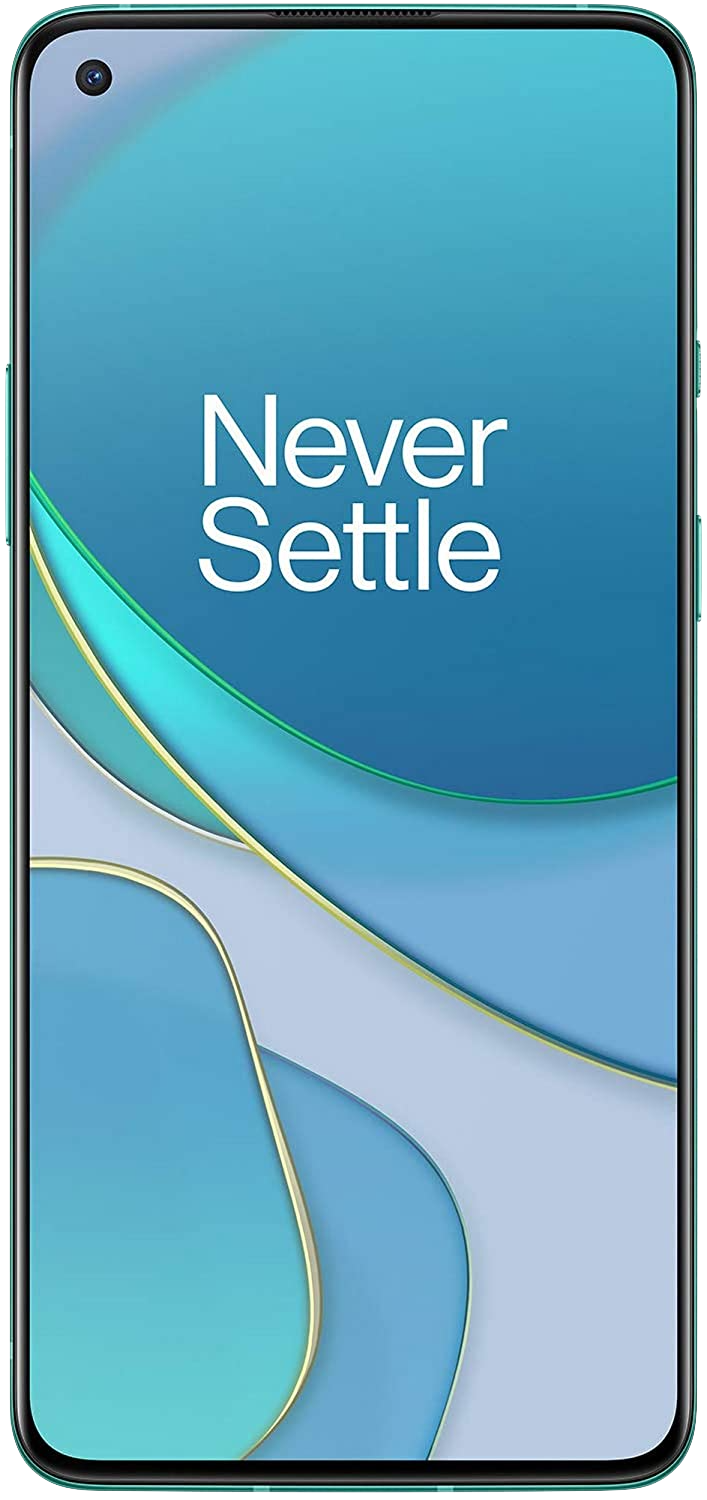
The OnePlus 8T is packed with the latest tech you'll find today. There's a gorgeous 120Hz AMOLED screen backed by the Snapdragon 865 chipset with 5G connectivity, 65W fast charging, and Android 11 out of the box. If you want one of the fastest phones in the market today, you should get your hands on the OnePlus 8T.
OnePlus 8T
All the latest tech
iPhone 12
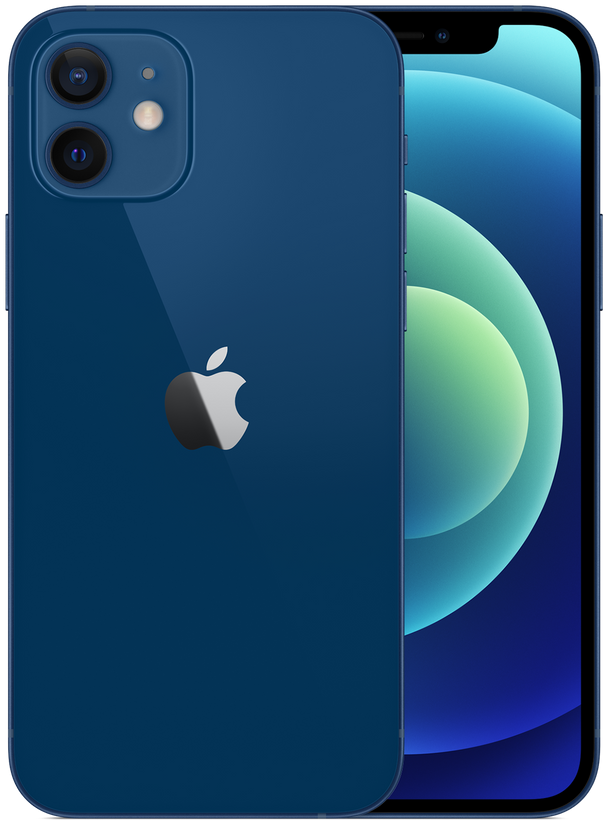
The iPhone 12 combines a great new design with the fastest mobile chipset in the industry today. The screen is limited to 60Hz, but the OLED panel in itself is wonderful, MagSafe is a great new addition, the cameras hold up to the best that Android offers, and you get five years of software updates.
iPhone 12
Incredible camera
In 2020, the line between Android and iOS is closer than ever. Both Google and Apple have taken ideas from each other, with Android getting a lot of privacy and security-focused features this year, with iOS 14 adding widgets — an Android mainstay. There's also the fact that iOS is a great conduit for Google services, so if you are in the market for a new phone and deciding between the OnePlus 8T and iPhone 12, here's what you need to know.
OnePlus 8T vs. iPhone 12: Two very different design approaches
OnePlus has always been about delivering the latest hardware features. That much is evident in the OnePlus 8T, which includes a 65W wired charging system that takes just 39 minutes to fully charge the 4500mAh battery.
Apple, meanwhile, takes a measured approach in this area. iPhones don't usually get the latest and greatest tech — the iPhone 12 has a regular 60Hz screen — for a few years after their Android counterparts, but that doesn't mean they miss out on hardware innovations.
The iPhone 12 may not have a flashy design, but it is great for one-handed use.
But first, let's start off with the design. The OnePlus 8T has smooth flowing curves at the back where the sides meet the mid-frame, and there's a new camera housing that makes the phone stand out. The sides have a matte finish and feature the same hue as the back, and up front you have a tiny hole-punch cutout on the left with thin bezels around the screen.
It is an iteration of the design that OnePlus used over the last 18 months, and the standout feature on the 8T is that it has a flat display — unlike the OnePlus 8 and 8 Pro. The 6.5-inch FHD+ AMOLED panel is sublime, delivering excellent contrast levels and viewing angles, and the 120Hz refresh rate is a delight to use for scrolling through social media, playing games, and streaming videos.
Be an expert in 5 minutes
Get the latest news from Android Central, your trusted companion in the world of Android
The iPhone 12 has a more muted design, with the boxier aesthetic reminiscent of the iPhone 5. I didn't like the design initially, but after using the iPhone 12 for just over a month, I came around to it. The design makes it easier to hold and use the phone, and the form factor is great for one-handed use. The blue hue also stands out, and is a marvelous addition this year.
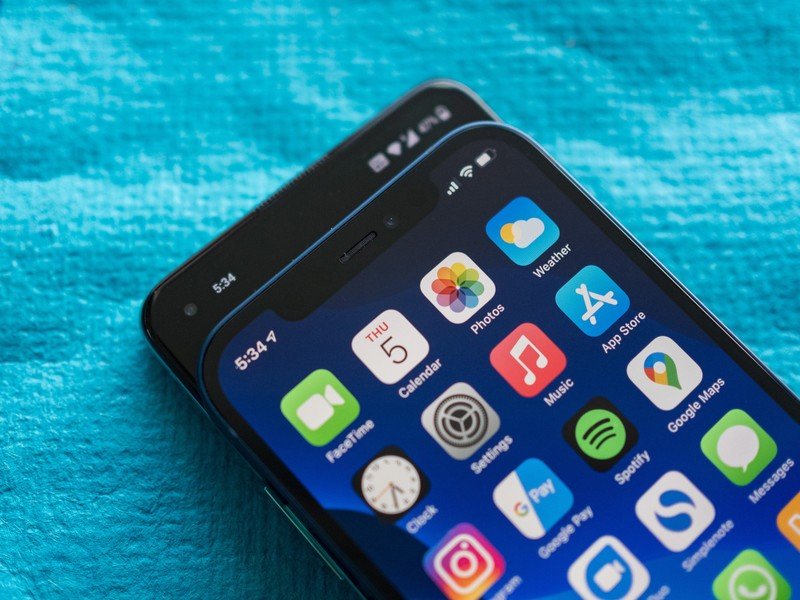
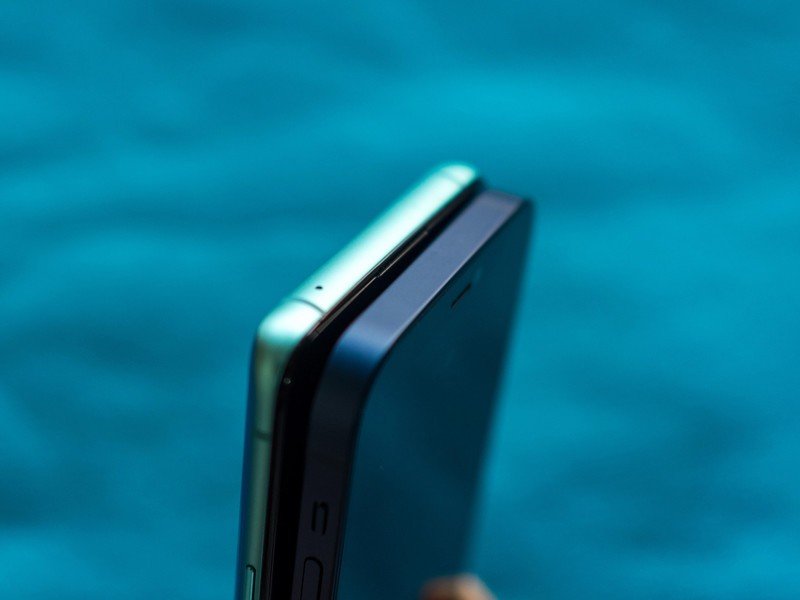
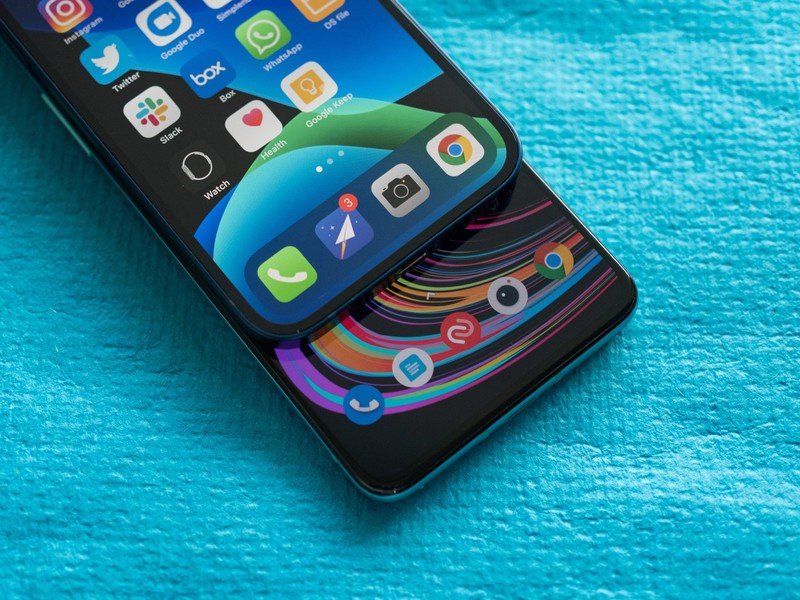
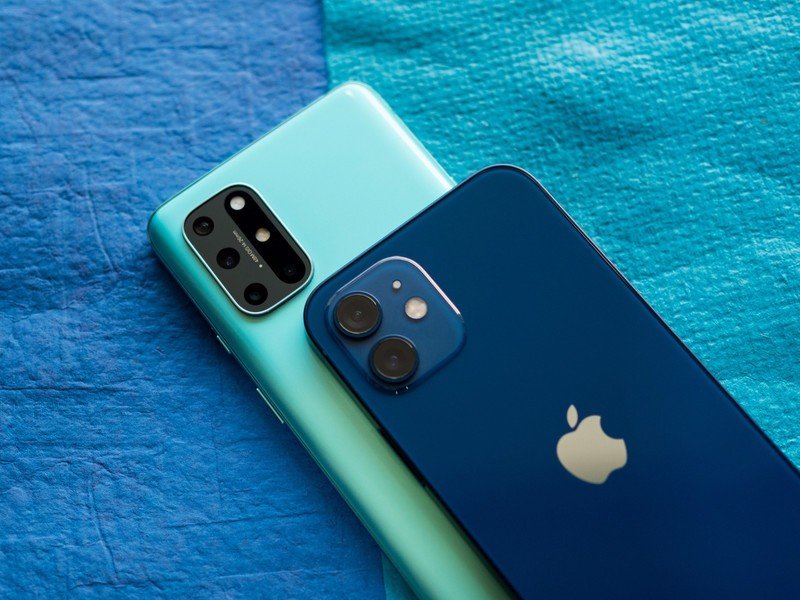
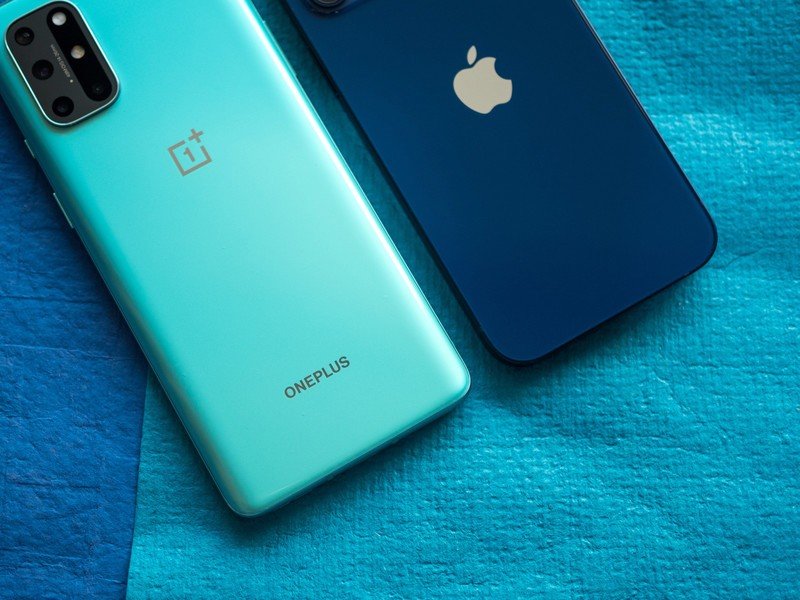
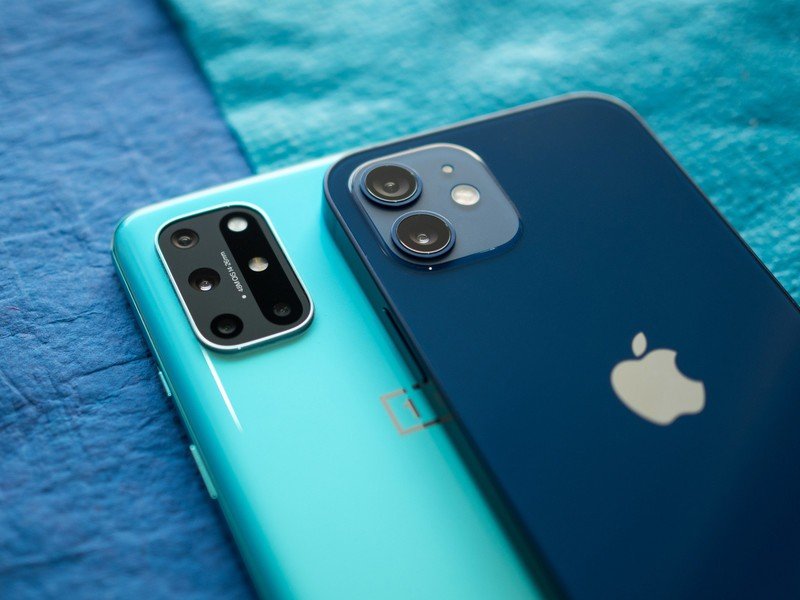
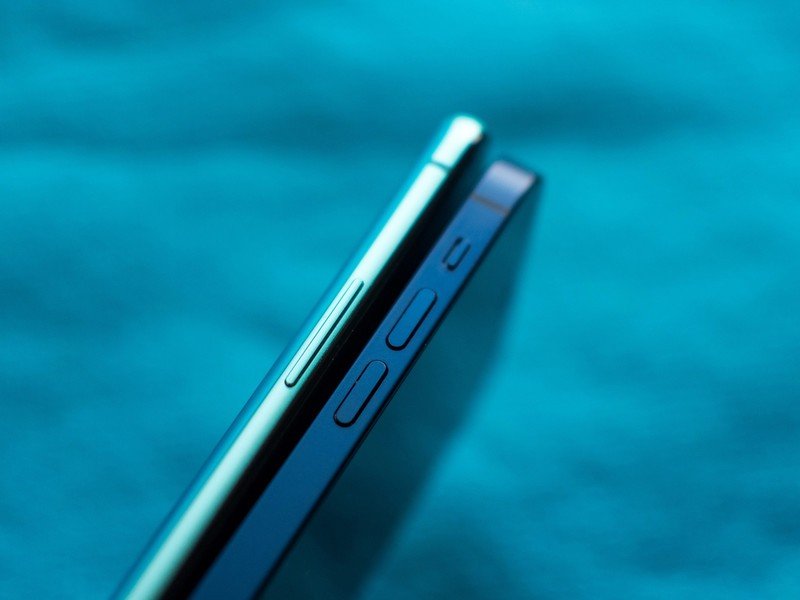
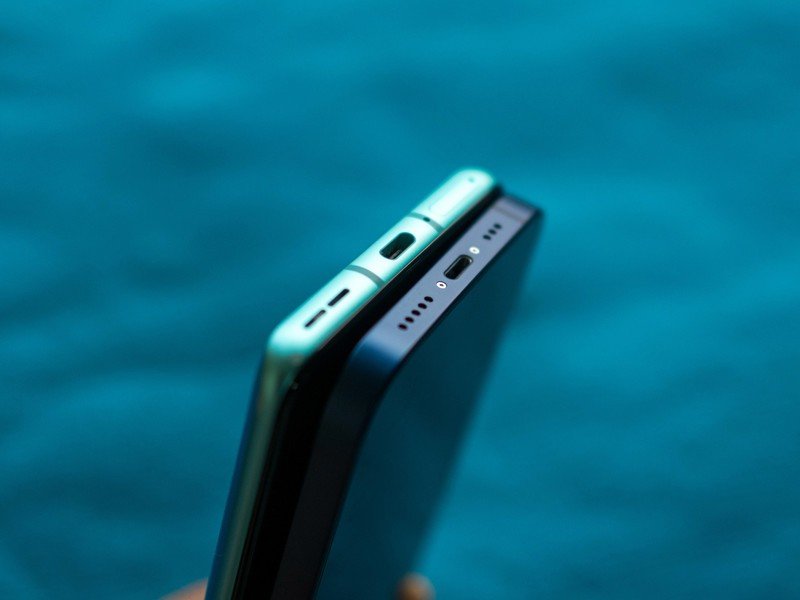
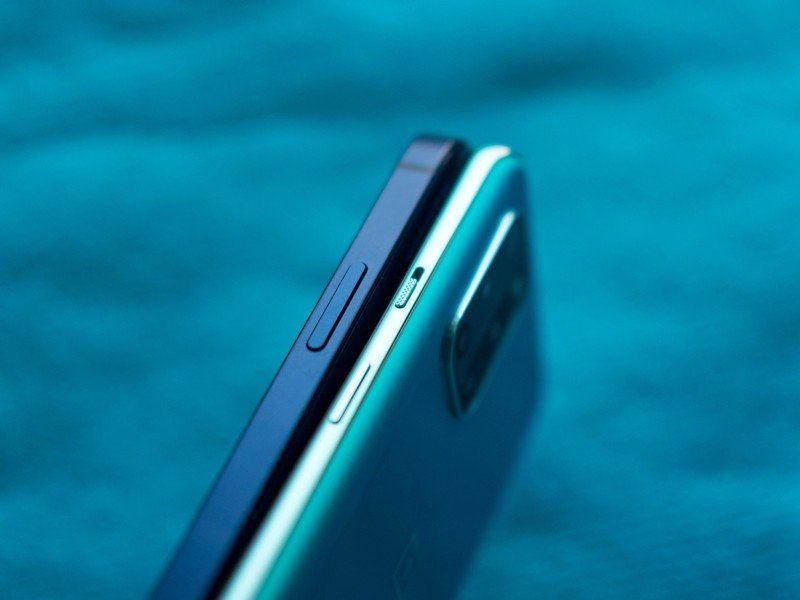
The iPhone 12 has a large cutout at the front, and it does take some getting used to — particularly if you're switching from an Android phone. Android manufacturers have trimmed the cutout considerably in the last two years, but with the iPhone 12 using Face ID as the default authentication system, it needs a bevy of sensors for the feature to work.
The 6.1-inch OLED panel on the iPhone 12 is fantastic in its own right, but it is missing 120Hz refresh rate. That's not too big a deal, but if you want to upgrade to a phone that has high refresh rate, you're better off with the 8T. The panel itself on the iPhone 12 is one of the best around, but it looks like we'll have to wait until next year to see 120Hz screens make their way to iPhones.
Elsewhere, I like that the iPhone 12 has an oversized power button on the right. There's no 3.5mm jack on either device, and the iPhone 12 continues to use a Lightning port, with the 8T offering USB-C — like every other Android phone.
OnePlus 8T vs. iPhone 12: Powerful hardware and great software
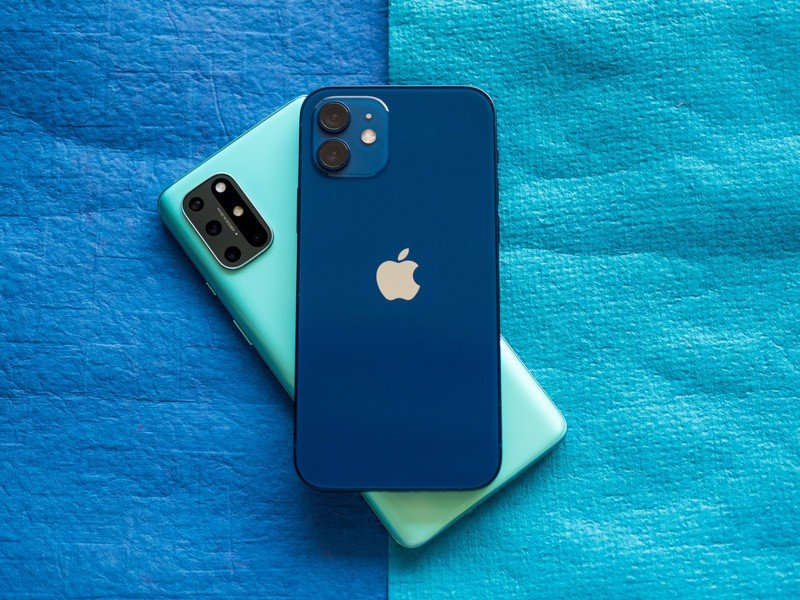
The iPhone 12 is powered by the A14 Bionic, the fastest mobile chipset in the industry today. There's also the new 15W MagSafe wireless charging standard that relies on magnets — which is really cool. The OnePlus 8T features the Snapdragon 865, and while Qualcomm's chipset is incredibly fast, it doesn't measure up to the A14 Bionic.
That said, you won't notice any difference between the two in day-to-day use. Both phones handle everyday tasks and intensive gaming without any issues whatsoever, and should last several years. The OnePlus 8T comes with 12GB of RAM and 256GB of storage as standard, making it an excellent value.
These are two of the fastest phones in the market today — you'll love the hardware on offer.
The iPhone 12 has 4GB of RAM — which is more than enough for iOS — but the base model has just 64GB of storage. You'll need to shell out $979 to get the 256GB option, which is $230 more than the 8T.
As for battery life, both devices last a day without any issues. The OnePlus 8T has a distinct edge for wired charging, offering an insane 65W fast charging tech that takes just 15 minutes to charge the battery up to 60%. A full charge is done in just 39 minutes, and the wired charging system fundamentally changes how you use the phone.
The iPhone 12 has a more modest 20W wired charging system, and while the phone itself uses the Lightning port, the other end of the cable has a USB-C connector, so you will need to pick up a USB-C charger to use with the phone. Oh, and because there's no charger bundled in the box, you will have to buy a USB-C charger to use with the device.
What the iPhone misses out in wired charging it makes up for with MagSafe, an interesting 15W wireless charging standard that relies on magnets to secure a tight fit for the charger. There's an ecosystem of MagSafe-ready chargers and cases, and if you like charging your phone wirelessly, MagSafe is a novel way to do so.

On the software side of things, the OnePlus 8T comes with OxygenOS 11 based on Android 11 out of the box. OxygenOS 11 introduces a new visual style, but in day-to-day use, it is just as fluid as older versions of the skin. It is one of the best Android phones around, and a lot of that has to do with the software.
The iPhone 12 runs iOS 14 out of the box, and there are a lot of interesting new additions on the software side of things, including widgets. The defining feature of iOS, however, is longevity of updates, with the iPhone 12 slated to pick up at least five years of software updates.
OnePlus 8T vs. iPhone 12: Specs
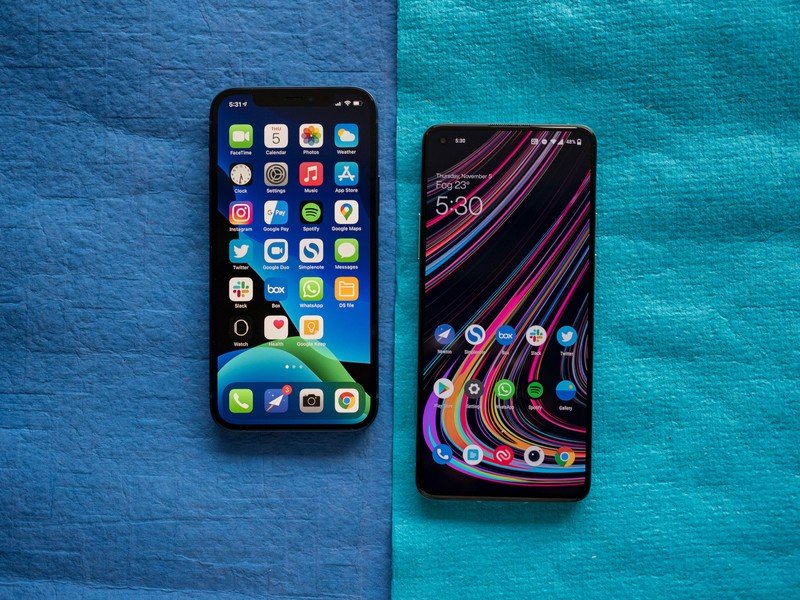
| Header Cell - Column 0 | OnePlus 8T | iPhone 12 |
|---|---|---|
| Operating system | Android 11OxygenOS 11 | iOS 14 |
| Display | 6.55-inch 120Hz Fluid AMOLED2400x1080 (20:9)HDR10+Gorilla Glass 5 | 6.1-inch 60Hz OLED2532 x 1170 (19.5:9)Dolby VisionCeramic Shield |
| Chipset | Snapdragon 8651 x 2.84GHz A773 x 2.42GHz A774 x 1.80GHz A55Adreno 6507nm | Apple A14 Bionic5nm |
| RAM | 8GB/12GB LPDDR4X | 4GB |
| Storage | 128GB/256GB UFS 3.1 | 64GB/128GB/256GB |
| MicroSD slot | ❌ | ❌ |
| Rear camera 1 | 48MP (IMX586), 0.8umf/1.75, OIS4K at 30fps | 12MP, f/1.61.4um, OIS4K at 60fps |
| Rear camera 2 | 16MP wide-angle, f/2.25120-degree field-of-view | 12MP, f/2.4120-degree wide-angle |
| Rear camera 3 | 5MP macro, f/2.4 | ❌ |
| Rear camera 4 | 2MP monochrome, f/2.4 | ❌ |
| Front camera | 16MP, f/2.41080p video, fixed focus | 12MP, f/2.24K at 60fps |
| Connectivity | 5G Sub-6, SA and NSAWi-Fi 6, Bluetooth 5.1AptX HD, NFC, A-GPS | 5G Sub-6, mmWave (U.S.)Wi-Fi 6, Bluetooth 5.0NFC, A-GPS |
| Battery | 4500mAhNon-removable | 2815mAhNon-removable |
| Charging | USB-C 3.1Warp Charge 65 (10V/6.5A) | Lightning20W |
| Audio | USB-CStereo speakers | LightningStereo speakers |
| Water resistance | ❌Only on T-Mobile version | IP68 |
| Security | In-display fingerprint (optical) | Face ID |
| Dimensions | 160.7 x 74.1 x 8.4mm188g | 146.7 x 71.5 x 7.4mm164g |
| Colors | Ultramarine Green, Lunar Silver | Black, White, Green, Blue, PRODUCT(RED) |
OnePlus 8T vs. iPhone 12: Are you willing to switch?
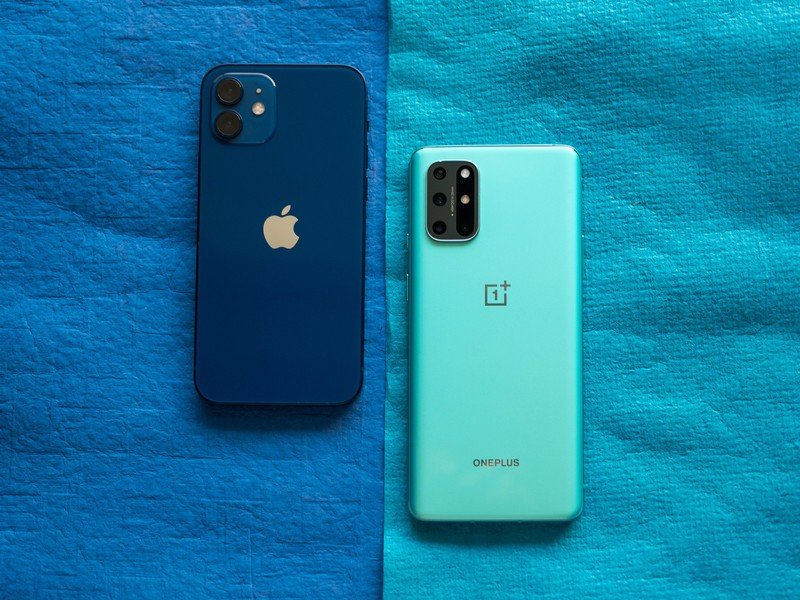
Having used the OnePlus 8T for nearly two months now, I like a lot of things about the phone. The flat display is much better than the curved panels on most Android flagships in 2020, and the 120Hz AMOLED panel is one of the best in the industry.
You can't go wrong with either choice here, and it comes down to the platform.
The phone has the latest version of Android out of the box, a fantastic 65W wired charging system, and you're getting a great overall value considering the phone has 12GB of RAM and 256GB of storage as standard. There's no wireless charging or water resistance, but other than that, the 8T is an enticing package.
The iPhone 12 has a lot to offer as well. The design is more suited for one-handed use, the OLED panel is gorgeous, and you get the fastest mobile chipset in the world. You get all the extras as well: there's 20W wired charging, 15W wireless charging over MagSafe, IP68 dust and water resistance, and five years of software updates.
Another standout is the cameras, with the iPhone 12 handily beating the OnePlus 8T in this particular area. The iPhone 12 takes much better shots in just about every lighting scenario, and while the 48MP camera on the 8T is decent enough in its own right, it doesn't measure up to the iPhone 12.
So if you want a better camera, wireless charging, and long-term software updates, the iPhone 12 is a great choice. If you're interested in a 120Hz panel and want the familiarity of Android, you will like what the OnePlus 8T has to offer.
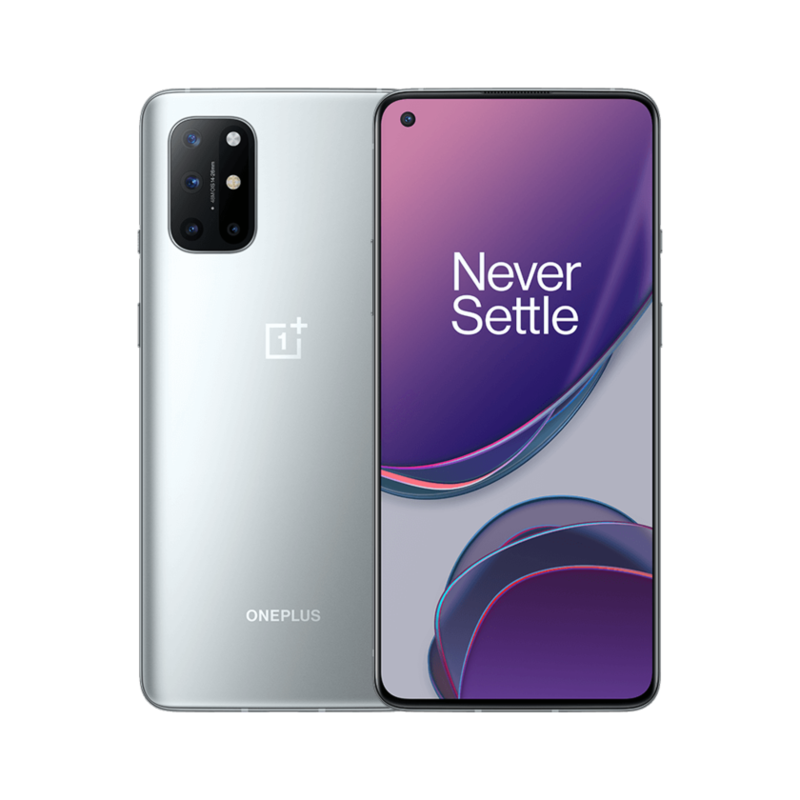
Setting a new standard for power
The OnePlus 8T has all the latest innovations you'll find on Android. The 120Hz AMOLED panel is gorgeous and makes everyday interactions smooth, the Snapdragon 865 is outstanding in day-to-day use, you get 5G connectivity, reliable cameras, Android 11 out of the box, and 65W fast charging. If you want the best features that Android has to offer, this is the one to get.

A truly standout pick
If you're okay with switching to iOS, the iPhone 12 has plenty to offer. The A14 Bionic is the fastest mobile chipset you'll find today, the OLED panel is fantastic, and iOS 14 is closer to Android than ever. The camera is on par with the best that Android has to offer, and with five years of software updates, the iPhone 12 has a distinct edge in this area.

Harish Jonnalagadda is Android Central's Senior Editor overseeing mobile coverage. In his current role, he leads the site's coverage of Chinese phone brands, networking products, and AV gear. He has been testing phones for over a decade, and has extensive experience in mobile hardware and the global semiconductor industry. Contact him on Twitter at @chunkynerd.
